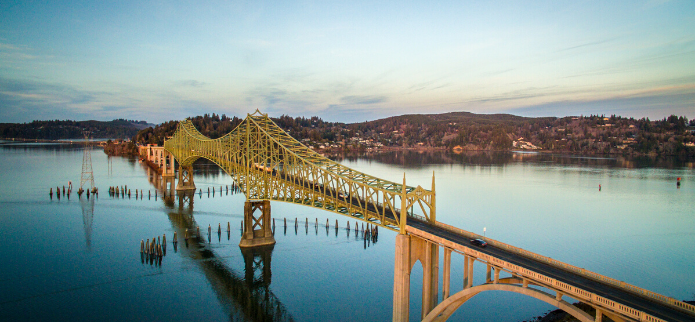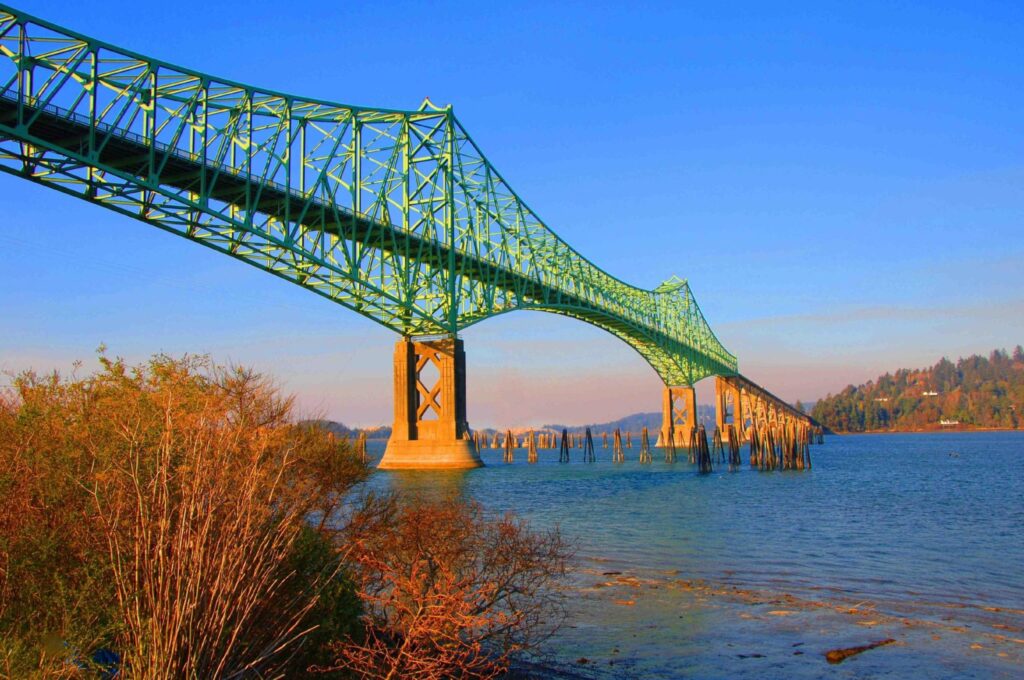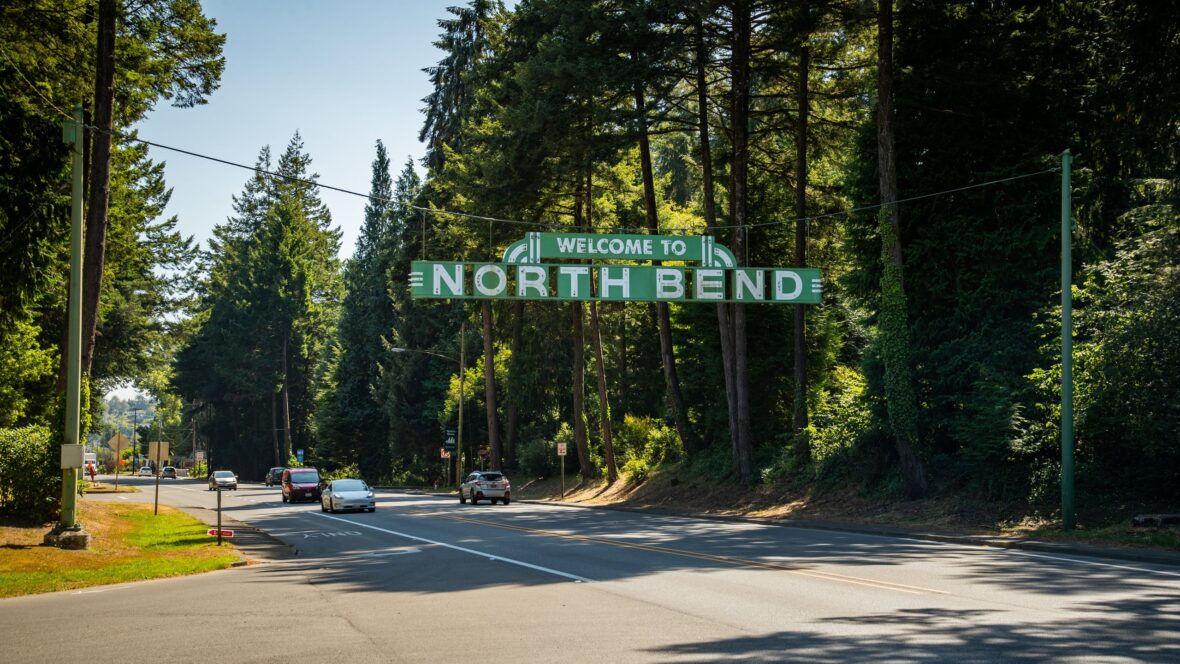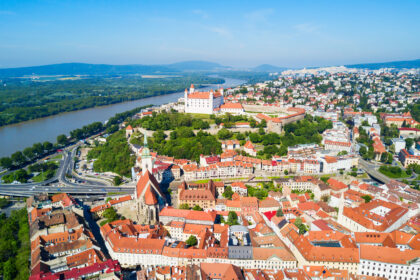North Bend is a city in Coos County, Oregon, United States with a population of 9,695 as of the 2010 census. Take a look below for 20 amazing and great facts about North Bend, Oregon, United States.
1. North Bend is surrounded on three sides by Coos Bay, an S-shaped water inlet and estuary where the Coos River enters Coos Bay and borders the city of Coos Bay to the south.
2. North Bend became an incorporated city in 1903.
3. Before Europeans visited the Oregon coast, Native American tribes claimed the Coos Bay region as their homeland for thousands of years.
4. Members of the Coos, Lower Umpqua, Siuslaw and Coquille tribes lived, fished, hunted and gathered along Coos Bay and its estuaries, along rivers, and in meadows and forests.
5. Approximately 400 years ago, British and Spanish explorers first approached the South Coast.
6. In 1579, Sir Francis Drake is purported to have sought shelter for his ship, the Golden Hinde, around Cape Arago.
7. Trader and explorer Jedediah Smith was in the region seeking furs and the Hudson’s Bay Company sent Alexander Roderick McLeod to search for an inland passage.
8. The 1852 stranding of the schooner Captain Lincoln on the North Spit and the survivors’ encampment and rescue brought attention to gold prospectors who came to mine placer from area beaches.

9. In 1853, the Coos Bay Commercial Company arrived from the Rogue Valley and created routes for settlers.
10. Thomas Symons founded Yarrow in 1863. Louis Simpson bought it in 1902. Simpson brought Yarrow and his father’s sawmill site Old Town together in 1903 under the name North Bend.
11. Empire City was established and was the county seat of government until 1896.
12. Entrepreneurs were drawn to the area’s ample natural resources, and sawmills and shipyards at Old Town North Bend and Empire City spurred economic development and attracted workers.
13. Rivers and sloughs provided a means to transport people, forest, agricultural and coal products, and towns provided hubs for inland transportation.
14. Some of the early industries in the area included timber harvesting, shipbuilding, farming, coal mining and salmon canning.
15. Prior to around 1915, the Coos region was largely isolated from the rest of Oregon due to difficulties in crossing the Coast Range and fording rivers. Instead, the Pacific Ocean was used to link people to other areas, including San Francisco.
16. That was an easier two-day trip compared to traveling inland over rugged terrain.

17. In 1916, trains linked the region to other interior settlements and towns, increasing commercial trade and tourism.
18. Significant urban growth occurred in the 1920s, and during the 1930s to 1950s, large-scale growth occurred.
19. During the interregnum of despair between Franklin Roosevelt’s election and his inauguration, the only bank in North Bend, the First National, was forced to temporarily close its doors, precipitating a cash-flow crisis for the City of North Bend.
20. North Bend has a public recreational boat ramp that accesses Coos Bay, along with a concrete pier and boardwalk area completed in 2010 per North Bend’s regional urban renewal policy.




